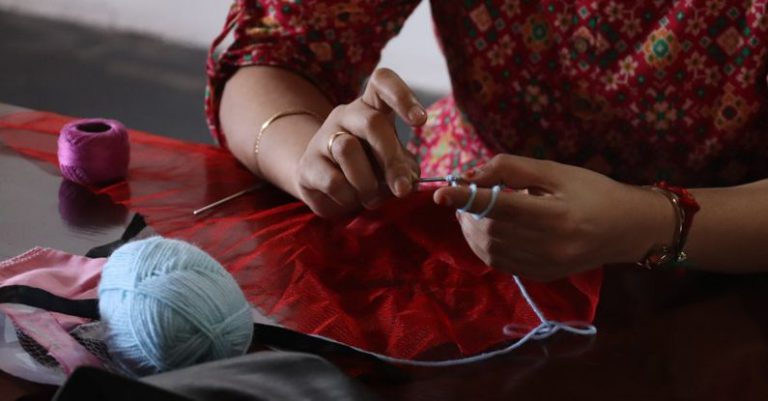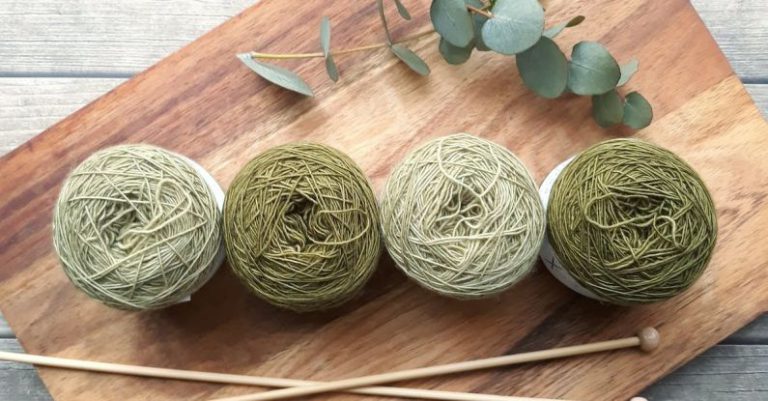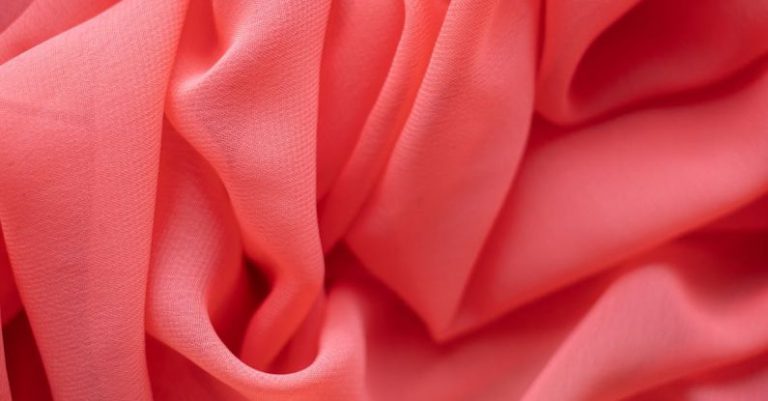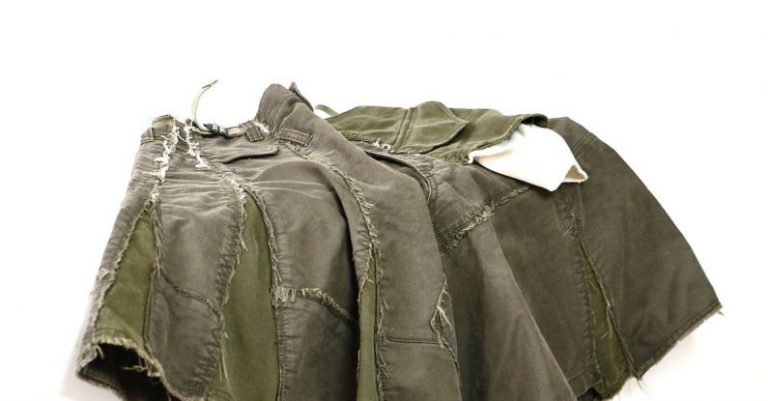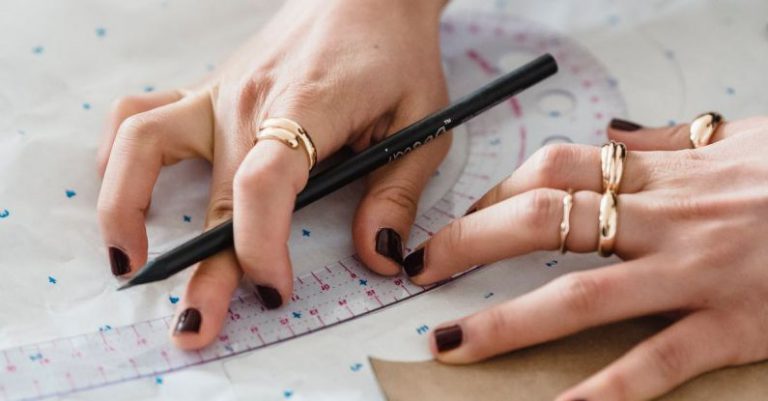Can I Make My Own Patches?
Creating your very own patches can be a fun and rewarding DIY project, allowing you to personalize your clothing, bags, or accessories with unique designs that reflect your style and interests. Whether you want to add a touch of creativity to your wardrobe or craft customized patches for a special event or group, making your own patches is a creative endeavor that can be both enjoyable and fulfilling.
Materials Needed for Making Patches
To get started on making your own patches, you will need a few key materials. These include fabric for your patch base, embroidery floss or thread in various colors, a needle, a pair of scissors, and some backing material such as iron-on adhesive or fabric glue. Additionally, having a design in mind or on paper will help guide you through the process of creating your patch.
Choosing the Right Fabric
When it comes to selecting the fabric for your patches, consider the type of patch you want to make and where you plan to attach it. Sturdy fabrics like denim or canvas work well for patches that will be applied to items that undergo frequent use, such as jackets or backpacks. For more delicate applications, such as on a blouse or hat, lightweight fabrics like cotton or felt may be more suitable.
Designing Your Patch
Before diving into the creation process, it’s essential to have a clear design in mind for your patch. You can draw inspiration from existing images, patterns, or logos, or unleash your creativity and come up with a completely original design. If you’re not confident in your drawing skills, you can also use design software or templates to create a digital mock-up of your patch before transferring it to fabric.
Transferring the Design
Once you have your design ready, it’s time to transfer it onto your patch base. This can be done using various methods, such as tracing the design onto the fabric with a fabric marker or using transfer paper to print the design directly onto the fabric. Make sure to secure the fabric in place to prevent any shifting while you work on embellishing the patch with embroidery or other decorative elements.
Adding Embellishments
Embroidery is a popular technique for embellishing patches, adding texture and dimension to your design. You can use different embroidery stitches to outline the design, fill in colors, or add intricate details. If embroidery isn’t your forte, you can also explore other embellishment options such as fabric paint, sequins, beads, or patches of different fabrics to create a mixed-media effect.
Attaching the Backing
Once you have finished embellishing your patch, it’s time to attach the backing that will allow you to affix the patch to your desired item. Iron-on adhesive is a convenient option that only requires heat from an iron to activate and secure the patch in place. If you prefer a more permanent attachment, fabric glue can be used to adhere the patch to the fabric securely.
Showcasing Your Creations
After completing your patch-making project, it’s time to proudly showcase your creations by attaching them to your clothing, bags, or accessories. Mix and match different patches to create a unique look or gift them to friends and family as personalized keepsakes. Experiment with different designs, colors, and techniques to continue honing your patch-making skills and create one-of-a-kind pieces that truly reflect your individuality.
In conclusion,
Making your own patches can be a fun and creative way to add a personal touch to your belongings and express your unique style. With a few basic materials and some creativity, you can design and create custom patches that showcase your personality and interests. So, why not give patch-making a try and see where your imagination takes you?

